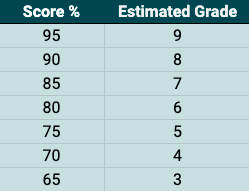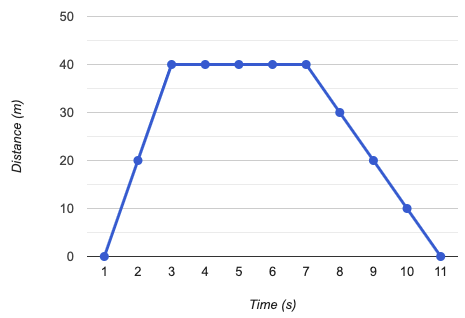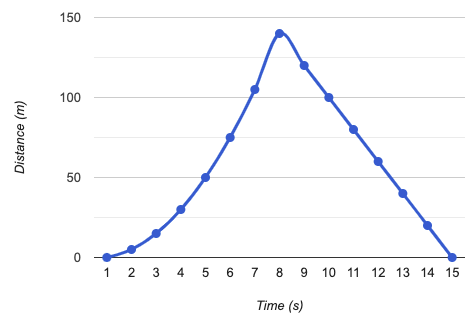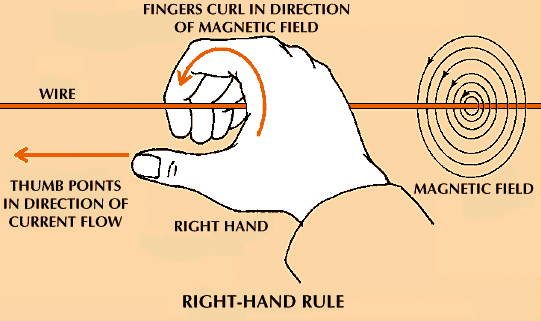Mock test. 1 hour and 45 minutes. 90 marks available.
Each time the test is taken it will present different questions.
Mock test. 1 hour and 45 minutes. 90 marks available.
Each time the test is taken it will present different questions.
Well Done you passed the test! You’re on your way to getting the grades you want!

Why not try another Science Mock Exam and see how well you do?
Nice try, check your answers to see where you went wrong.

Why not get a bit more practice with some physics quizzes and then come back and have another try!


Select all that apply:
Select all that apply:





Stays the same because there has been no change in the number of particles. We say that the mass has been conserved.




This is a straight-line graph.
Calculate the gradient of a straight-line graph using the following:
y₂ – y₁ / x₂ – x₁
30-20/6-5 = 10m/s²
This is the same as a simpler version:
Rise/run
or vertical distance / horizontal distance


Rearrange the equation to the following and then substitute in the correct values:
a = v² – u²
2 x
Where:
a = acceleration
v² = final velocity squared
u² = initial velocity squared
x = distance

Select all that apply: